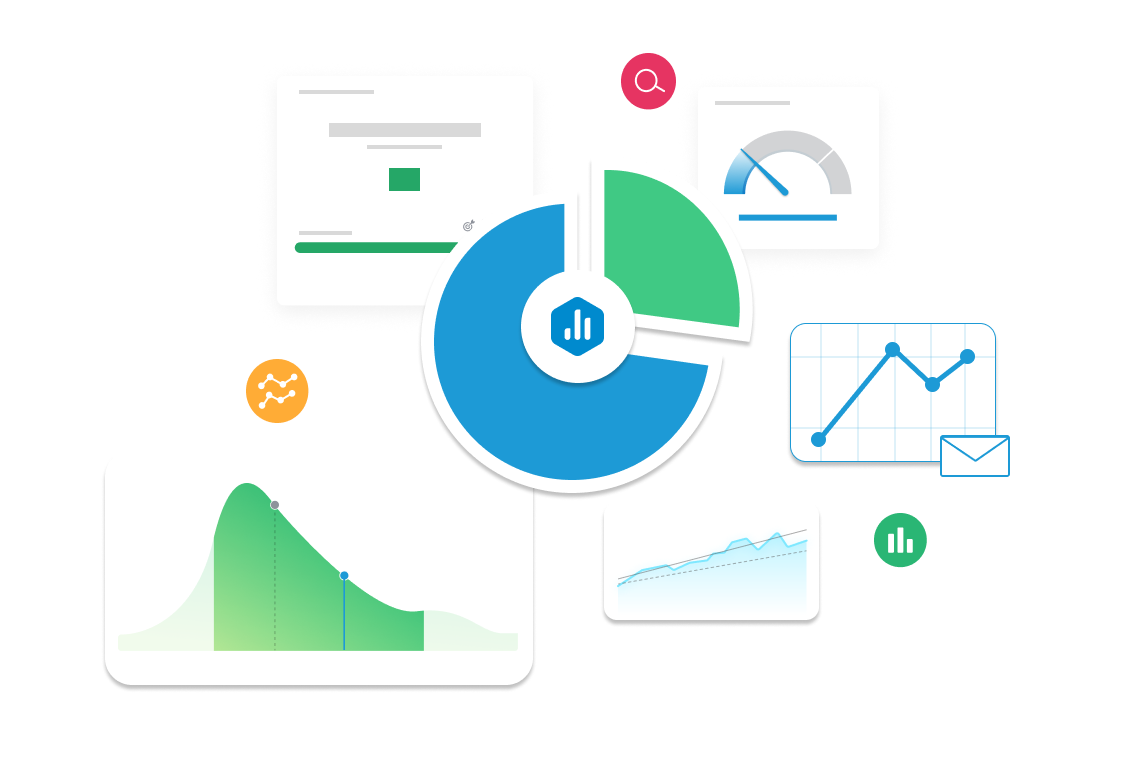Ad Frequency
Discover how Ad Frequency helps businesses measure how often an ad is shown to the same user. Learn how to track, analyze, and optimize frequency to balance reach and engagement.

| Category |
Marketing |
|---|---|
| Type |
Leading Indicator |
| Calculation |
Ad Frequency = Total Ad Impressions / Total Unique Users Reached |
| Measure |
Tracks how many times the same user sees an ad, helping businesses avoid ad fatigue and optimize budget allocation. |
| Data Sources: |
Google Ads, Facebook Ads, LinkedIn Ads, Twitter/X Ads, TikTok Ads. |
| Frequency |
Tracked daily or weekly to monitor campaign effectiveness and prevent oversaturation. |
Example target
Maintain an average ad frequency of 3–5 per user in Q3 by adjusting bidding strategies and audience segmentation.
Example Reports Use Case
A Performance Marketer tracks Ad Frequency to balance brand exposure and engagement. If frequency is too high, they may expand audience targeting or adjust creative rotation.



